Atom 4, Atom 4; so good they ‘gonged’ it twice. That, to be fair, is probably not what will irresistibly trip off your tongue when pub conversation – at a safe distance, of course – next turns to Ariel’s latest-generation Atom.
And yet here we are: the winner of the latest Britain’s Best Driver’s Car (BBDC) award is also our one and only five-star road test car of the year. Quite the coup for Somerset’s little old Ariel Motor Company Ltd and for a niche-market, lightweight sports car that remains little known outside true enthusiast circles.
Much as it has taken some time for its maker to refine and perfect the Atom, Ariel has now managed that in almost unqualified fashion. But even for road testers who get to drive Atoms fairly regularly, it has also taken much of the two decades that Ariel has been around to really get to know and fully appreciate its most important model. The Ariel Atom was already a decade old before one went through a full Autocar road test. Getting a full-house score at its second attempt really is going some.
The Atom just isn’t like other lightweight sports cars and is even less like so many other downforce-centric, racing-prototype-like track machines. Even among cars of a similar size, weight and brief, it’s a very special and unique proposition. It gets bundled in with Caterhams, Westfields, Radicals and stripped-out Lotuses, understandably, because they’re a lot more like it than a Vauxhall Astra is. And yet there are the key differences.
You don’t build your own Atom. It is built for you and to your own specification, quite superbly well and by hand – and it is therefore an item of outstanding quality.
You don’t really go anywhere in one, like you might (just) in a Seven-style sports car with padded seats, a canvas roof and at least a bit of a boot. An Atom is for your amusement only. But unlike almost slavishly track day-intended or junior competition lightweights, the Atom is absolutely a road car as well as a track car. It’s enormously fast and enormous fun almost wherever you choose to drive it – and might never have been more so than now, as the Atom 4.
![]()


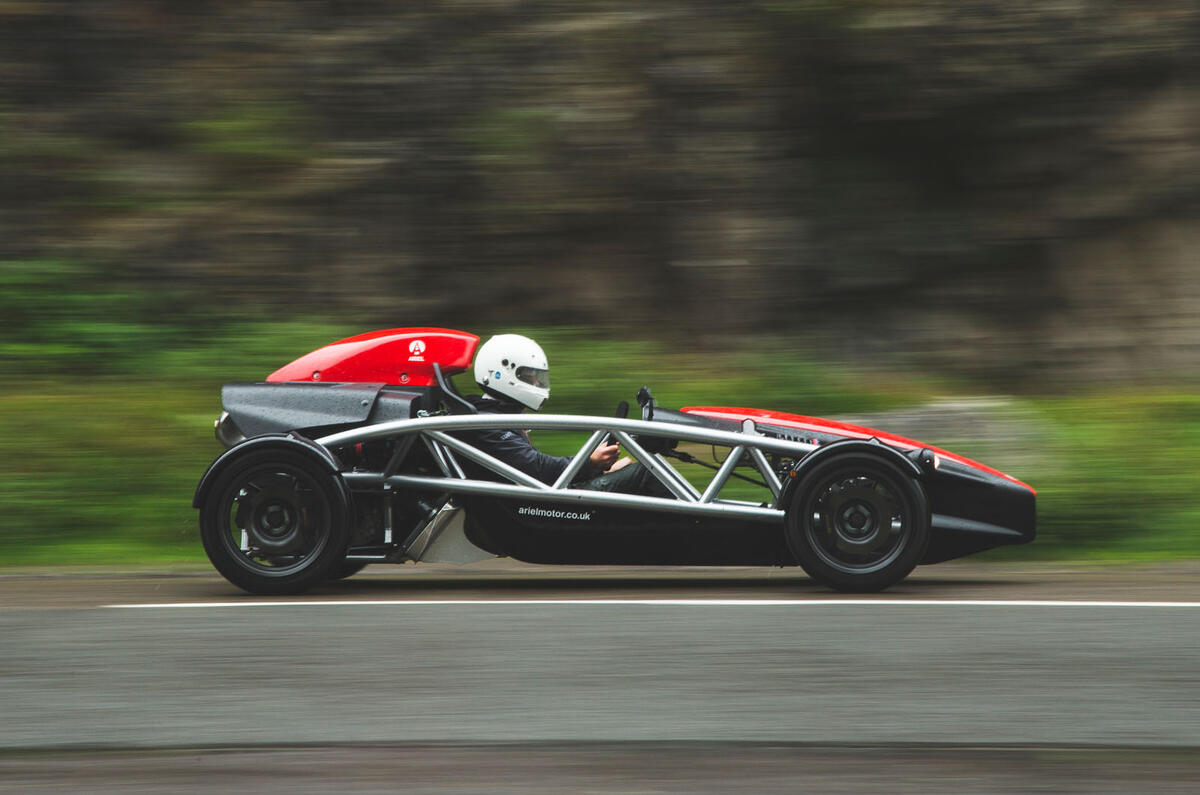
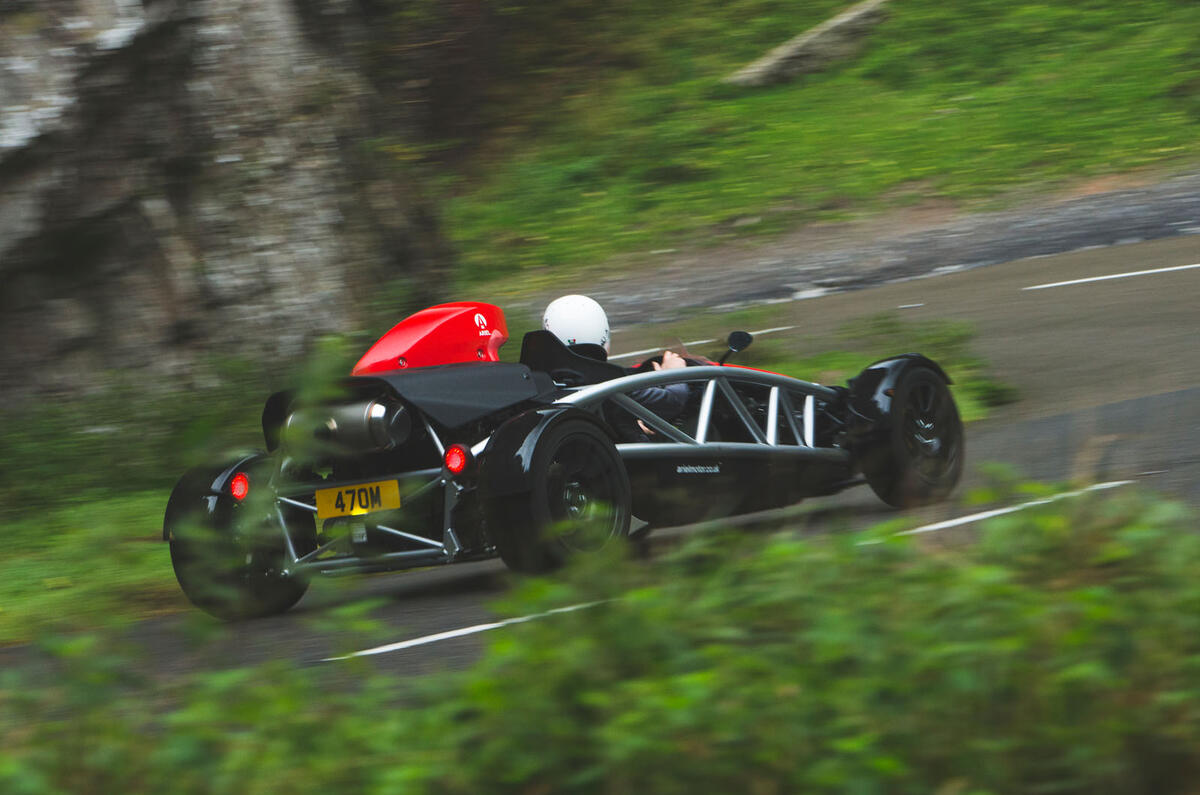
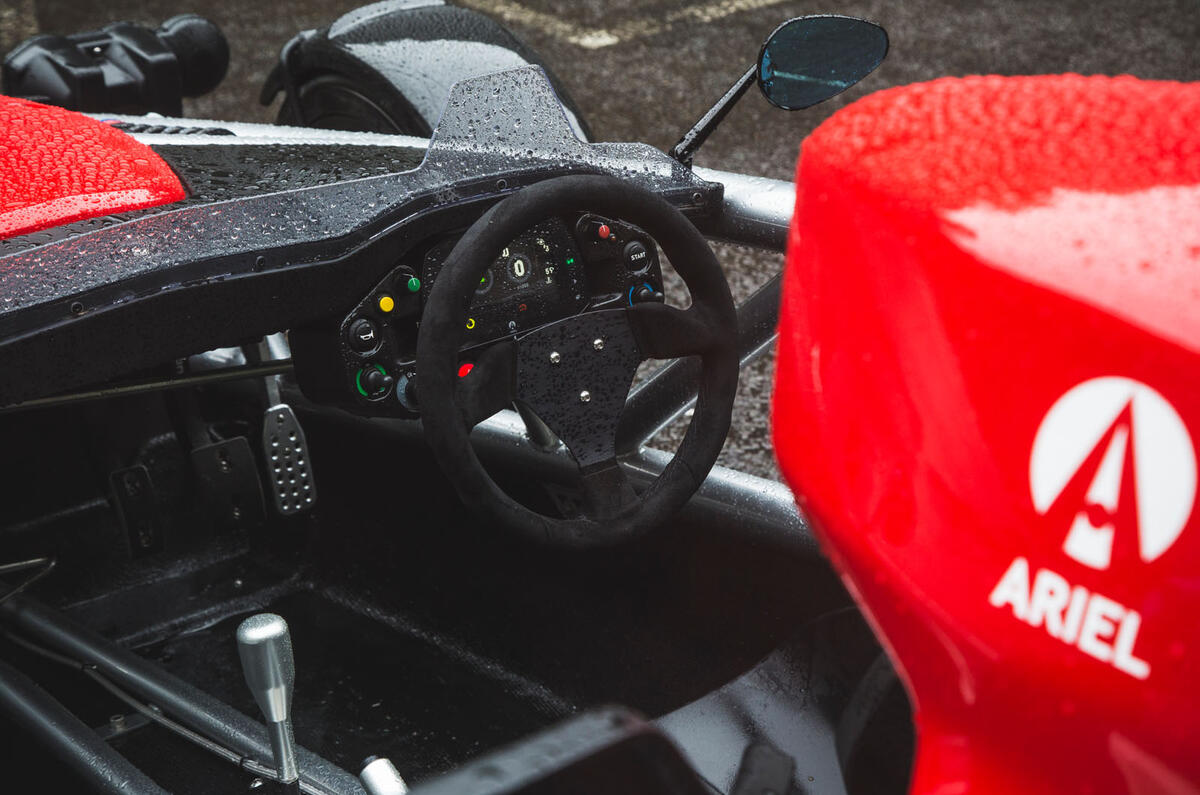
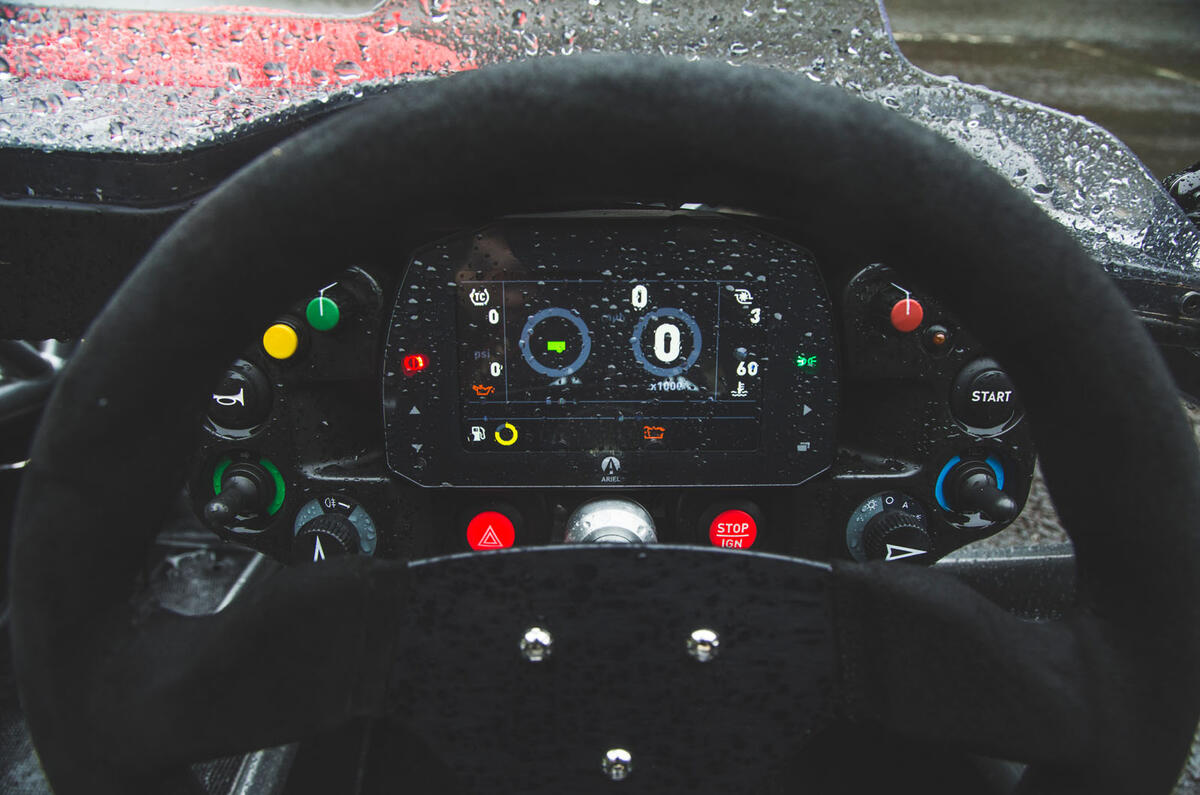


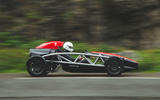
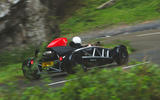
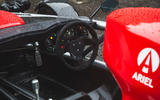
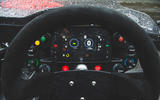








Join the debate
Add your comment
Big tubes ?
Caterham's and formally Lotus 7's have been around a very long time, hundreds of them are raced all over the world every weekend, they are very light and pretty frail, and yet to my knowledge ther are very few fatalities in them in the event of a frontal impact . I assume this is mainly due to the light small tube structure with its stressed aluminium panels collapsing in a controlled manner and absorbing a large amount of energy as they do so. The Atom has always worried me in that I don't see much in the way of an energy absorbing collapsible structure, just those big tubes feeding the impact energy back into the occupants ? Perhaps a accademic reader could put me right ?